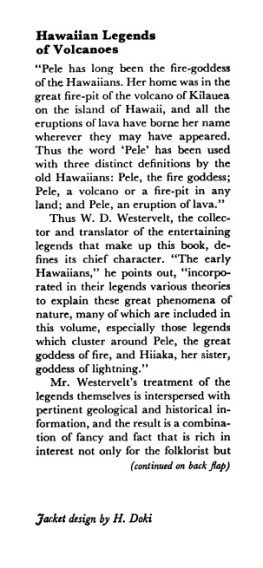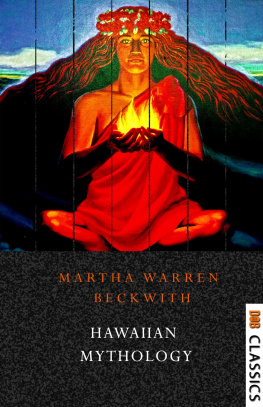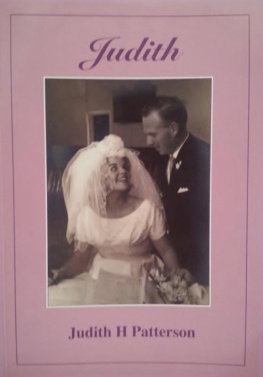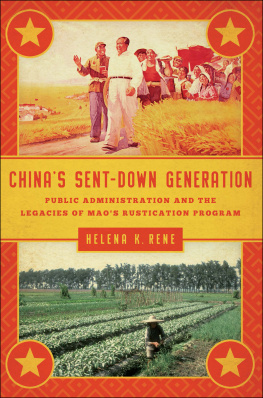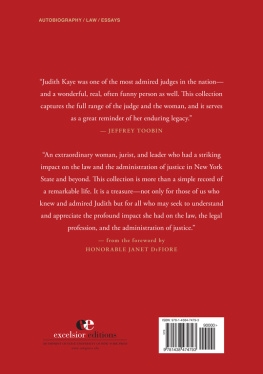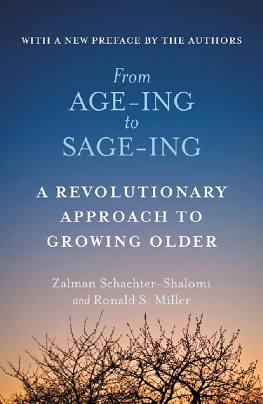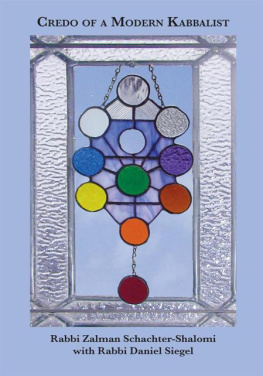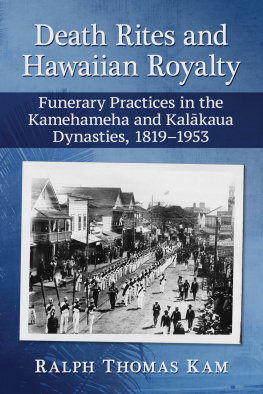Published in 2013 by
Berghahn Books
www.berghahnbooks.com
2013, 2016 Judith Schachter
First paperback edition published in 2016
All rights reserved. Except for the quotation of short passages for the purposes of criticism and review, no part of this book may be reproduced in any form or by any means, electronic or mechanical, including photocopying, recording, or any information storage and retrieval system now known or to be invented, without written permission of the publisher.
Library of Congress Cataloging-in-Publication Data
Schachter, Judith, 1941-
The legacies of a Hawaiian generation : from territorial subject to American citizen / Judith Schachter.
pages cm
Includes bibliographical references and index.
ISBN 978-1-78238-011-5 (hardback) ISBN 978-1-78533-204-3 (paperback) ISBN 978-1-78238-012-2 (book)
1. HawaiiansKinship. 2. HawaiiansEthnic identity. 3. HawaiiansGovernment relations. 4. Social valuesHawaii. 5. Statehood (American politics)History. 6. ImperialismUnited StatesHistory. 7. United StatesPolitics and government. 8. United StatesRace relations. I. Title.
DU624.65.S32 2013
305.899'42073dc23
2013005542
British Library Cataloguing in Publication Data
A catalogue record for this book is available from the British Library
ISBN: 978-1-78238-011-5 hardback
ISBN: 978-1-78533-204-3 paperback
ISBN: 978-1-78238-012-2 ebook
Preface and Acknowledgments
The story of my engagement with Hawai`i is long and somewhat meandering. I went in the first instance to investigate a particular topicthe persistence of customary adoption (hnai) under an American legal system. I imagined I could draw boundarieschronological and theoreticalaround the topic. I quickly discovered that the presumption simplified a tangled history of American presence in the archipelago, the simplification that still characterizes depictions of the islands as paradise. My initial inquiry into adoption and hnai brought polite but baffled responses, and those reactions prompted my subsequent interest in everyday interpretations of American imperial presence in Hawai`i. I ended up returning, for two decades, to follow out threads in the conversations I had.
I was fortunate in my earliest conversations. Colleagues at the University of Hawai`i provided introductions to individuals and to associations whose roles in the state of Hawai`i varied and whose identification as Native Hawaiian covered a wide array of interpretations. In every case I entered as an anthropologist, clearly a stranger and not a resident of the state. My times in Hawai`i were limited, and my immersion in local events constrained by the necessity of returning to the mainland. I accepted these limitations, and do not in my book speak as a local person, or describe Hawaiian culture or represent sources of Native Hawaiian identity that I cannot share. Rather, I let the conversations I had structure an analysis of the impact of American policy on individuals who in myriad ways enact their attachment to an indigenous culture.
Good luck came to me in other ways. John Simeona and his sister Eleanor Ahuna began by teaching me the lessons they thought a haole should know and ended by bringing me into the `ohana of which each was senior member. Their children and grandchildren accorded me the title of Auntie and then simply greeted me with affection. The younger generation followed in the footsteps of the elders, and they too offered me stories of their experiences. In both households, I was given meals, invited to celebrations, taken to hula classes, and expected to pull my weight (you can move off the couch, Johns sister Winona said to me, when I politely asked for a glass of water). It was assumed that I would watch children when no one else was around, send gifts on the right occasions, and, most importantly, come home to the homesteads of Waimnalo and Keaukaha regularly.
Along the way, I met other homestead residents, as well as individuals in social service agencies, in health clinics, in the courts and law offices I visited, and through a spreading network of contacts. In Waimnalo, Helene and Gordon became advisors, guides, and close friends; we talked of the intimate as well as the public domains of life. Sensitive to the problems created by a history of marginalization and discrimination, they searched for modes of empowering the young and the old, the male and the female, the keiki of the next generation of Native Hawaiians. Gordons mother was a further inspiration, as she marched up and down the hilly homestead streets to work in Blanche Pope, the homestead elementary school.
Many individuals will remain anonymous, by their choice or my decision. They are voices that represent diverse viewpoints about custom and tradition, about the history of American presence in Hawai`i, and about the particular accommodations a person will make to the conflict between native and foreign ways of being. They taught me through the gift of their mo`olelo, the talk-stories that form a backbone of my book, and through the behaviors to which I becameor tried toa silent observer. Always I had to keep Johns first lesson in mind: dont ask questions, dont be nosy, just listen and watch.
In the spring of 1989, Cathie Jordan and Paula Levin arranged for me to spend several months at the Kamehameha Schools. Then director, Richard N. Roberts offered me a position as adjunct researcher with the Center for Development of Early Education. I worked at the schools for three months, observing the preschool programs spread around O`ahu. Teachers and parents participated generously in my project. A summer later, I received permission from a Honolulu social service agency to attend an anger management group for men and a domestic violence group for women, both on the Leeward Coast of O`ahu. The facilitators of those groups continued with the set agenda, sometimes letting my presence fade and other times insisting that I tell my own stories of relationships and family. I made close friends with several women in the group, and they introduced me to their friends and family. I spent time in Nanakuli, M`ili, and Wai`anae talking with individuals whose concern and whose work focused on problems of health, child care, unemployment, and homelessness on the Leeward Coast.
I did not speak pidgin (Hawaiian Creole English) with the people I met, and I dont use pidgin in my book. When a conversation occurred partly in pidgin, I transcribe the sentences into English; I translate from a language I do not speak into one that I do. Most of the people I met used pidgin sparingly, acknowledging my malihini status.
John and Eleanor used English in their conversations with me. The writings they gave me, too, are primarily in English, as are the numerous letters John sent over the eight years of our friendship. Late in our friendship, John incorporated pidgin into his letters, and in quotations I let those phrases stand just as he wrote them. Eleanor used Hawaiian words in the documents she gave me; those were the words that captured the spirit of what she needed to say. John was not fluent and rarely did I hear a Hawaiian word in his stories. In my book, I leave unchanged both Eleanors spelling of Hawaiian words and her translations of Hawaiian terms. Similarly, I leave in its original form the English each one used in writing.



